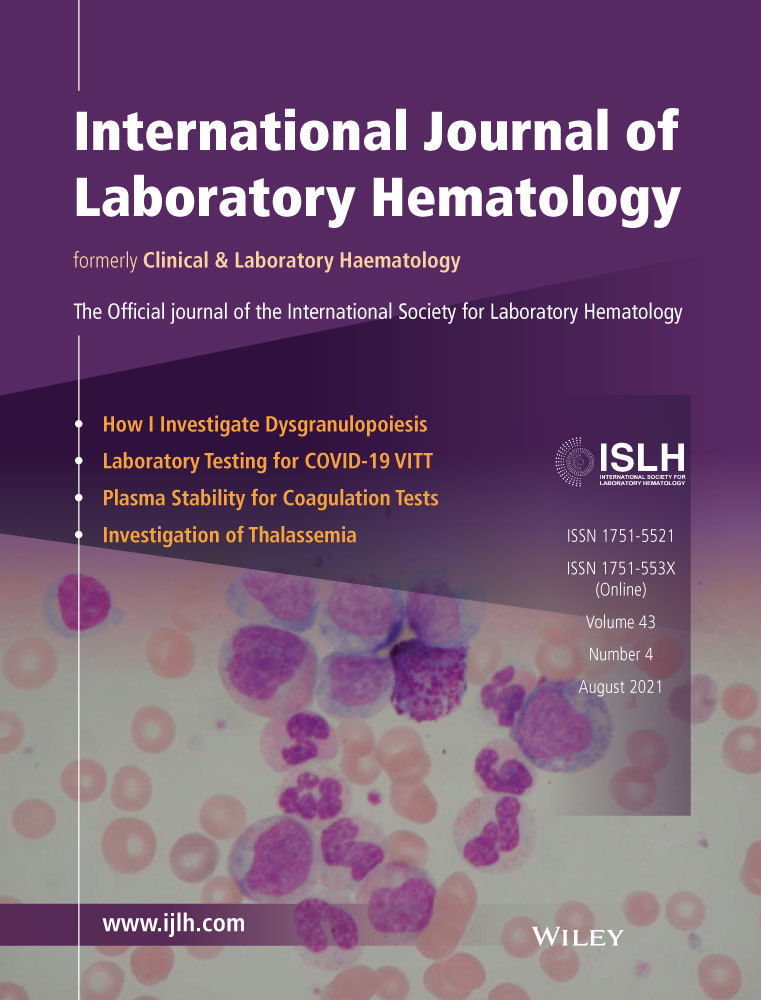Predicting bacteraemia in maternity patients using full blood count parameters: A supervised machine learning algorithm approach
Abstract
Introduction
Bacteraemia in pregnancy and the post-partum period can lead to maternal and newborn morbidly. The purpose of this study was to use machine learning tools to identify if bacteraemia in pregnant or post-partum women could be predicted by full blood count (FBC) parameters other than the white cell count.
Methods
The study was performed on 129 women with a positive blood culture (BC) for a clinically significant organism, who had a FBC taken at the same time. They were matched with controls who had a negative BC taken at the same time as a FBC. The data were split in to a training (70%) and test (30%) data set. Machine learning techniques such as recursive partitioning and classification and regression trees were used.
Results
A neutrophil/lymphocyte ratio (NLR) of >20 was found to be the most clinically relevant and interpretable construct of the FBC result to predict bacteraemia. The diagnostic accuracy of NLR >20 to predict bacteraemia was then examined. Thirty-six of the 129 bacteraemia patients had a NLR >20, while only 223 of the 3830 controls had a NLR >20. This gave a sensitivity of 27.9% (95% CI 20.3-36.4), specificity of 94.1% (93.3-94.8), positive predictive value of 13.9% (10.6-17.9) and a negative predictive value (NPV) of 97.4% (97.2-97.7) when the prevalence of bacteraemia was 3%.
Conclusion
The NLR should be considered for use in routine clinical practice when assessing the FBC result in patients with suspected bacteraemia during pregnancy or in the post-partum period.
CONFLICT OF INTEREST
The authors whose names are listed above certify that they have NO affiliations with or involvement in any organization or entity with any financial interest or nonfinancial interest in the subject matter or materials discussed in this manuscript.
Open Research
DATA AVAILABILITY STATEMENT
Data openly available in a public repository that issues datasets with DOIs.




